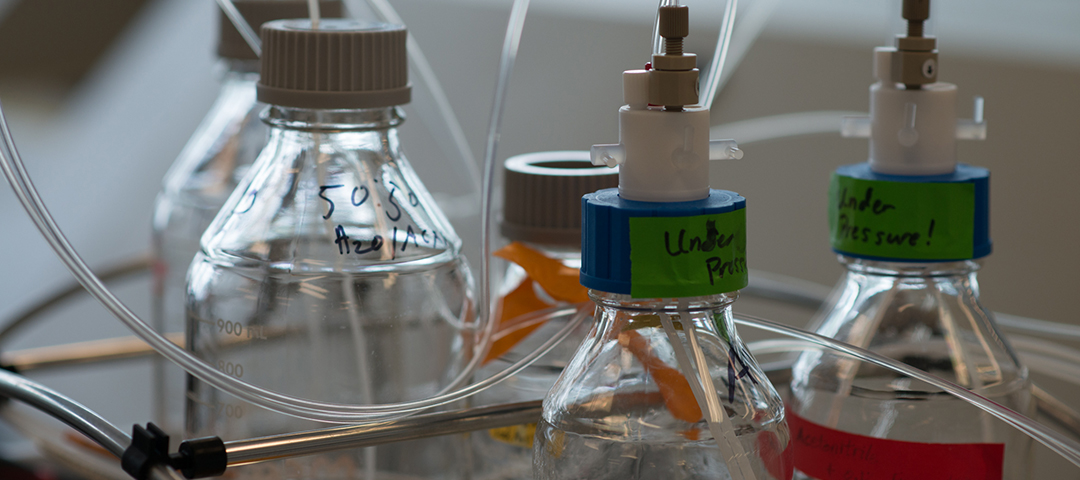Let Us Tell You Everything We Know About Proteomics – Everything
 isbscience.org/news/2014/11/20/let-us-tell-you-everything-we-know-about-proteomics-everything/
isbscience.org/news/2014/11/20/let-us-tell-you-everything-we-know-about-proteomics-everything/
3 Bullets:
- Proteomics experiments generate huge amounts of raw data, most of which cannot be easily shared or described in a publication.
- ISB researchers curate publicly accessible databases that allow researchers to share their data with the world and to use data others have collected.
- All data are analyzed in a consistent manner and results are presented via searchable, user-friendly web applications.
By Dr. Kristian Swearingen
Institute for Systems Biology is on a mission to make data available to the world. In a paper recently published in the journal Current Protocols in Bioinformatics, proteomics researchers in the lab of Dr. Robert Moritz provided a step-by-step tutorial demonstrating how to take advantage of web-based applications that let researchers share and use proteomics (read more about ISB proteomics work) data.
Title: “Using PeptideAtlas, SRMAtlas, and PASSEL: Comprehensive Resources for Discovery and Targeted Proteomics”
Journal: Current Protocols in Bioinformatics
Authors: Ulrike Kusebauch, Eric W. Deutsch, David S. Campbell, Zhi Sun, Terry Farrah, and Robert L. Moritz
Researchers in the field of proteomics use mass spectrometers to identify and quantify proteins, the molecular building blocks of life. These experiments generate huge amounts of raw data that contain a wealth of information about the organisms and tissues that were analyzed, but the size and complexity of the data can’t be entirely conveyed in a few charts and graphs in a publication. Some journals have begun to require researchers to share the raw data associated with their publication in public repositories, but these collection sites still require interested researchers to download the raw data and analyze it themselves, making it highly impractical to comprehensively search existing mass spectrometry data for proteins of interest.
In order to bring the collective knowledge of the proteomics community together in one place, bioinformaticians at ISB have developed web-based applications that allow researchers to search publicly available proteomics data sets through their web browser. All raw data have already been analyzed in a standardized manner and catalogued. Researchers interested in a particular protein can use search tools in the applications to see whether and how often the protein has been observed in other data sets, all without having to download and analyze the data themselves. Importantly, these tools provide an easy way for researchers to upload new data sets, which will then be curated and added to the collective knowledge.
The manuscript’s lead author was Dr. Ulrike Kusebauch, a research scientist at ISB who is an expert in protein analysis by mass spectrometry. In the paper, she describes three resources that ISB has made available to the proteomics community:
- PeptideAtlas (peptideatlas.org) is a compendium of discovery mass spectrometry data that describes identified proteins from a large number of samples and different species. PeptideAtlas supports data mining projects and is used to help design new experiments.
- SRMAtlas (link) and PASSEL (link) are resources that are used to design mass spectrometry experiments for the targeted identification and quantification of proteins. Depending on the application, this information may be used to provide instrument settings for new experiments, to search new data for evidence of a particular protein, or to identify gaps in our collective knowledge about proteins in a certain organism.
These resources provide the proteomics community with an easy way to share and use the troves of mass spectrometry data being collected every day in labs all over the world.
About Dr. Kristian Swearingen: Kristian is a research scientist in the Moritz group at ISB. He is also a member of ISB’s editorial board.





